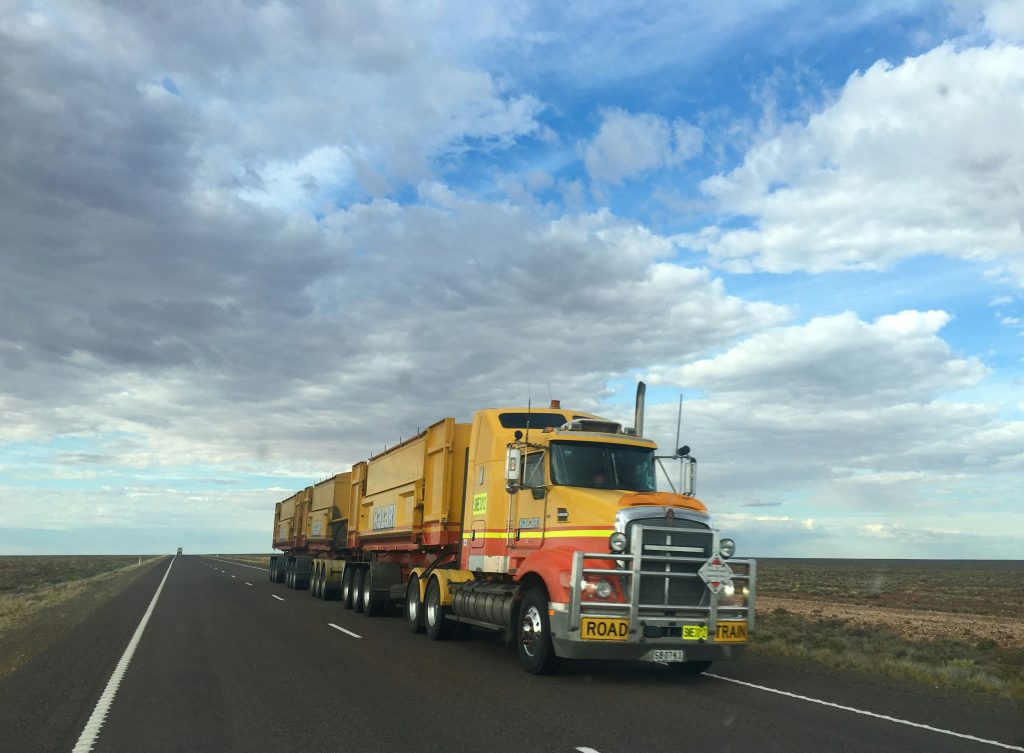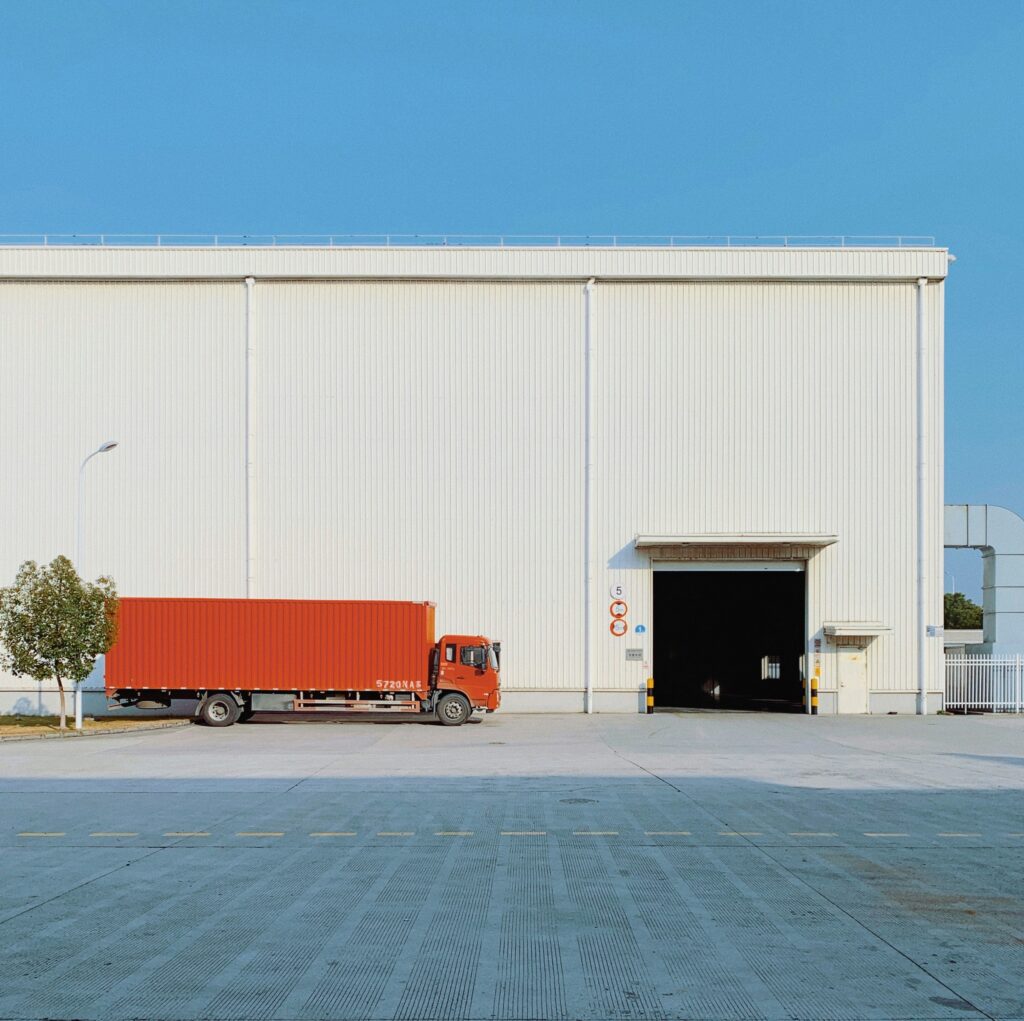Introduction
Freight class plays a crucial role in calculating LTL shipping costs, as carriers use the assigned class along with other factors such as distance, mode of transportation, and additional services to determine freight rates and fees for moving goods from one location to another.
It’s important you know the correct class at time of booking, otherwise your shipment can be reclassified and your bill will not be as expected.
In this post we will define exactly what the freight class is all about, and how you can classify your cargo correctly.
What is Freight Class?
Freight class in trucking refers to a standardized classification system used to categorize shipments based on their characteristics, including density, handling, stowability, and liability. The National Motor Freight Traffic Association (NMFTA) establishes and maintains the freight class system, which is widely used by carriers, shippers, and freight brokers to determine shipping rates and regulations.
The freight class system assigns a numeric code to each type of freight, ranging from class 50 to class 500, with lower numbers representing lighter, less dense, and easier-to-handle shipments, while higher numbers indicate heavier, denser, and more complex freight.
How to Find the Freight Class For Your LTL Cargo
To find the correct NMFTA (National Motor Freight Traffic Association) freight class for your cargo, follow these steps:
- Determine the Characteristics of Your Cargo:
Gather information about your shipment, including its dimensions, weight, density, value, and any special handling requirements.
- Refer to the NMFTA Freight Class Guide:
The NMFTA publishes a comprehensive guide that outlines the classification criteria for different types of cargo. You can access this guide online through the NMFTA website or obtain a printed copy from the association. There is a NMFTA search engine, which you will use to search for the correct category and sub-category that your commodity fits within.
- Identify if this is a density-based class:
Once you have found your item in the NMFTA system, you will see the assigned freight class, and whether it is a density-based class or not.
For density-based classes, you must calculate the density before knowing the final class. Your calculation is total cubic feet divided by total weight in pounds. Freight with a lower density results in a higher freight class.
- For density-based classes, bear in mind class will fluctuate:
Shipping different quantities of the same commodity, or packaging it in different ways, will result in a different density each time. This can have a big impact on the freight class and subsequently on the trucking cost.
- Consider if your item fits within any other categories:
Most items can fit within more than one of the exhaustive categories delineated by the NMFTA. If your found freight class is very high, or is density-based, making it more difficult and expensive to ship with, you may be able to correctly class your shipment another way by categorizing it according to another of its uses.
However, the classification must be correct. Do not try to fabricate a class – if you are caught out, you could be faced with highly increased freight charges plus further repercussions. Reputable companies will not work with you in the future.
- Be sure all commodities are accounted for:
If you have multiple items in the shipment, make sure to identify the NMFTA and freight class for all of them.
Tips for Shipping High Freight Classes
If your commodity is classed highly resulting in expensive LTL bills, you may consider the following.
Firstly, you can employ the services of an expert freight broker, or research further yourself, to see if your commodity can be classed in a different category that will yield a lower freight class and cost.
Secondly, if that is just not possible, consider if it would be worthwhile to further consolidate your shipments into FTL (Full Truck Load) shipments. If you sublease the entire truck for your cargo, freight class is no longer an issue. You will have to consider how this will affect your supply chain. Weigh up the freight savings with warehousing costs if you ship more than needed at a given time, and only purchase what you expect to sell.
Now You Know
By following these steps and utilizing the resources available from the NMFTA, you can accurately determine the correct freight class for your cargo and ensure that your shipments are properly classified for transportation purposes.
Truck With The Pros
There are many benefits to working with an expert in the field. An experienced freight broker is your greatest resource to help you correctly class and price your cargo.
If you work with Simple Forwarding, it’s part of our standard service package to find the best NMFTA code and freight class for your cargo. If it’s all new to you, or if you find this category tricky (and we know it’s far from simple), then having a professional on your side is a valuable asset.
Once we have identified the correct freight class for you, we can price your LTL accordingly and know we’re getting you the best combination of price and service – without surprises on your invoice come billing time.
Reach out to our team of experts today.




